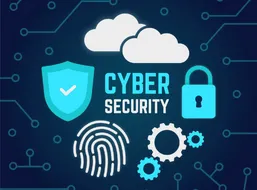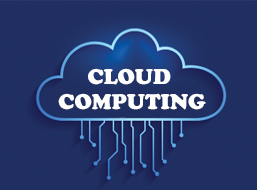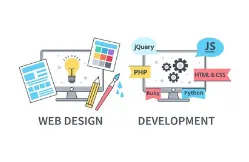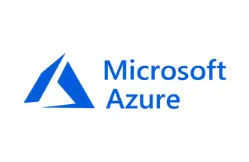Amazon Virtual Private Cloud
Amazon Virtual Private Cloud
VPCstands for Virtual Private Cloud. Amazon VPC provides a logically isolated area of the AWS Cloud where users can create AWS resources in a user-defined virtual network. Users will be having full control over the virtual networking environment, including the creation of subnets, selection of IP address range and configuration of network gateways and route tables. Users can customize the network configuration. For example, Users can create a public-facing subnet for web servers that can access over the internet and can place a database in the backend to a private-facing Internet.
Components In Amazon VPC
Below are the core components of VPCs. Amazon VPC mainly consists of flowing components:
Subnets: The subnet is a sub-division of a large network into sub-networks. Because maintaining a smaller network is easy.
Route Table: As mentioned earlier, VPC provides full control over the traffic. To accomplish that we have Route Tables. A Route Table contains the rules of routing traffic across our network.
Internet Gateway: Internet gateway is a component that allows our instance in a defined network to connect to the internet. It allows the user to have a public subnet by providing a route to the Internet.
VPC Endpoints: VPC endpoint is used to create a private network between other AWS resources outside our VPC and VPC without relying on the internet, VPN or NAT devices. Endpoints can be transferred from one VPC to another one or to any other services.

What Can We Do With A VPC?
- User can the launch instance in a subnet if user’s choice and also choose own subnet addressing
- User can assign custom IP Address in each subnet
- User can configure route tables between subnets
- User can create an internet gateway and attach it to our VPC
- VPC provides security control over our AWS resources
- User can have subnet network access control lists (ACLS)
Amazon VPC Types:
There are two types of VPC in AWS .
1) Default VPC: which is created by Amazon Web Services
2) Non-default VPC: Created by users to suffice their security requirements
Advantages Of AWS VPC: Security:
VPC in AWS provides advanced security at the subnet level and also instance level.
With VPC, the user can restrict the users to access the cloud resources.
Easy To Set-Up And Use:
AWS-VPC is easy to setup. Using the command line and AWS Management Console, the user can easily set up VPC. There will be default VPC in every AWS account, it’s pre-configured which lets the user focus on other tasks like building and deploying the application.
Application Performance:
Application performance can be affected by the congestion on the internet and slow down the application or traffic to the application. With Amazon VPC, the probability of application performance going down decreases.
Many Connectivity Options:
Connecting VPC directly to the internet using or via public subnets. Connect to the internet using private subnets or Network Address Translation (NAT) The list of Amazon services that can be used with Amazon VPC are:
- Auto Scaling
- Amazon WorkSpaces
- Amazon Route 53
- Amazon EC2
- Amazon Redshift
- Amazon Elastic Cache
- Amazon EMR
- Elastic Beanstalk
- AWS Data Pipeline
- Elastic Load Balancing
- Most Popular Cours
Most Popular Courses
AWS Certification Training || SEO Course || Azure certification || Google Cloud certification






.webp)
